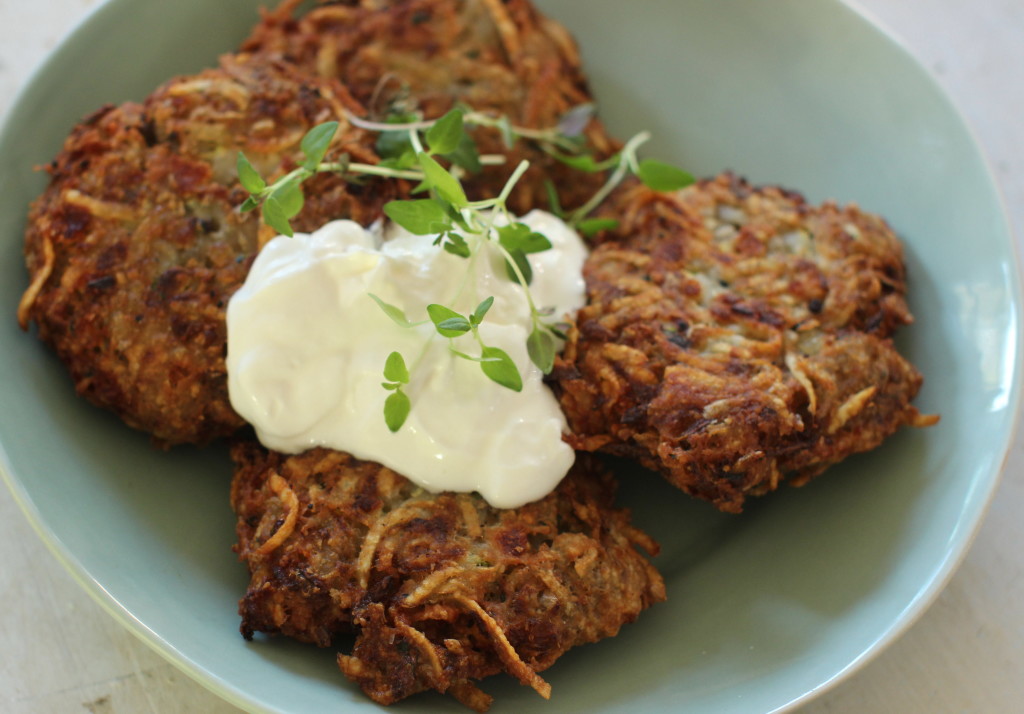At nightfall Sunday, Jews everywhere will begin the eight-day observance of Hanukkah by lighting candles, singing songs, showering their children with gifts and stuffing themselves with potato latkes.
What’s not to love about a happy, home-based festivity involving fried food? It’s no wonder that Hanukkah is the most widely celebrated holiday among American Jews: According to the last National Jewish Population Survey, in 2001, 72 percent of Jews in the United States light Hanukkah candles — more than partake of any other Jewish rite, including attending a Passover seder or fasting on Yom Kippur.
Yet a lot is commonly misunderstood about the holiday’s significance, both now and historically. Let’s consider some of the biggest misconceptions about the festival of lights.
• Hanukkah is an important Jewish holiday. It’s easy to get the impression that Hanukkah is a marquee event of the Jewish year, falling as it coincidentally does right around the time of that other blockbuster December occasion and likewise seeming to revolve around presents, parties and recollections of a miracle long ago. The sense of Hanukkah’s importance is further stoked by lively decorations, beautiful menorahs, delectable feasts and even, nowadays, kitschy sweaters and tongue-in-cheek competitions.



